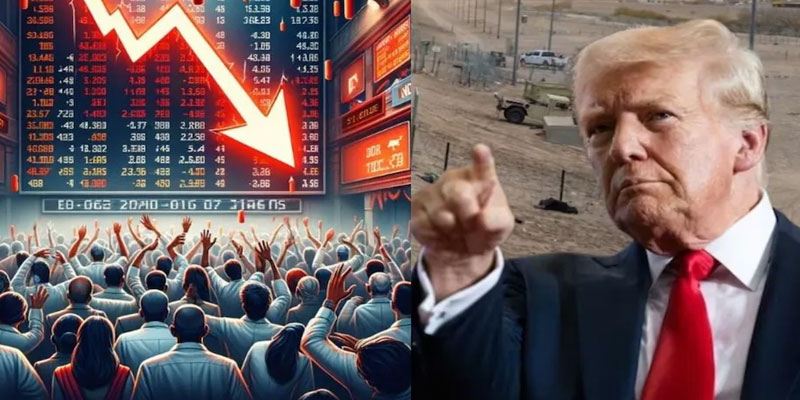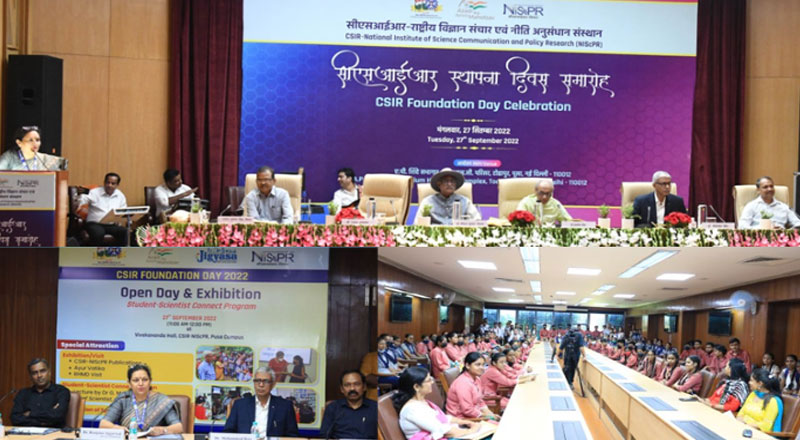Reserves Surge to Historic High
India's foreign exchange reserves surged by an impressive $6.99 billion to reach a record $692.72 billion in the week ending May 23, according to the latest data released by the Reserve Bank of India (RBI). This sharp uptick underscores India’s growing financial strength amid global economic uncertainties and positions the country on firmer footing in international markets.
Understanding Foreign Exchange Reserves: Why They Matter
Foreign exchange reserves are the total of a nation's assets held in foreign currencies. These include foreign currency assets, gold holdings, Special Drawing Rights (SDRs) with the International Monetary Fund (IMF), and a country’s reserve position with the IMF. They serve multiple strategic purposes: ensuring currency stability, enabling smooth imports during crises, managing external shocks, and enhancing global investor confidence.
For India, robust reserves mean stronger protection against currency volatility, smoother trade operations, and greater economic credibility. A well-cushioned forex reserve also empowers the Reserve Bank of India to effectively intervene in foreign exchange markets to manage the rupee’s value.
Breaking Down the Reserve Components
The current leap in forex reserves is attributed to increases across all key components:
· Foreign Currency Assets (FCA): The largest component of reserves, FCAs rose by $4.52 billion to $586.17 billion. These assets include bonds, treasury bills, and deposits held in major global currencies like the U.S. dollar, euro, yen, and pound.
· Gold Reserves: India's gold holdings saw a substantial increase of $2.37 billion, now totalling $83.58 billion. Rising global gold prices and strategic acquisitions contributed to this surge.
· Special Drawing Rights (SDRs): SDRs with the IMF rose by $81 million to $18.571 billion. These are international reserve assets created by the IMF to supplement member countries' official reserves.
· Reserve Position in the IMF: India’s IMF position increased by $30 million to $4.401 billion, reflecting improved quota contributions and reduced liabilities.
This growth reversed the $4.89 billion drop seen in the week ending May 16, reinforcing the resilience of India’s external accounts.
What This Means for India’s Economy
High foreign exchange reserves have immediate and long-term benefits for India. Firstly, they support the rupee by providing the RBI with the means to counter volatility and protect against depreciation. Secondly, they improve India’s sovereign credit profile, which is critical for attracting foreign investment. Finally, they allow for greater macroeconomic policy flexibility, particularly in responding to external shocks like oil price surges or geopolitical disruptions.
The reserves also act as a safety buffer against trade imbalances. With the global economic environment still unpredictable due to geopolitical tensions and supply chain realignments, India’s robust reserve position offers a cushion that few emerging economies currently possess.
Strengthening External Sector: Exports on the Rise
Reinforcing this monetary strength is India's buoyant external trade performance. According to the Ministry of Commerce, India’s total exports of goods and services in April 2025 rose 12.7% year-on-year, hitting $73.8 billion. Merchandise exports, specifically, grew by 9.03% to $38.49 billion.
Key drivers include:
· Electronics: A 39.5% rise in electronic goods exports to $3.69 billion.
· Engineering Goods: Up by 11.28%, reaching $9.51 billion.
· Jewellery: A 10.74% jump to $2.5 billion.
These sectors reflect India's expanding manufacturing capabilities and diversified export base, which help reduce dependence on traditional commodities and add value to foreign earnings.
A Pillar of Economic Strength
India’s record-high forex reserves are more than just a statistical milestone—they are a testament to the country’s sound economic management, growing manufacturing capabilities, and strategic global trade positioning. As the world continues to navigate turbulent financial waters, India stands out as a beacon of stability, resilience, and opportunity. The challenge now is to maintain this momentum while deepening structural reforms to convert this financial strength into inclusive growth.
(With agency inputs)




















